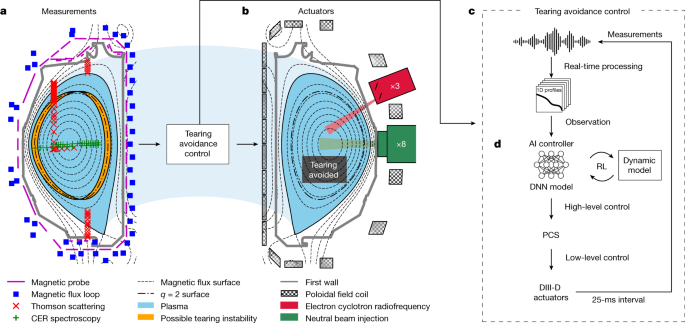2024-2-21 オークリッジ国立研究所(ORNL)
<関連情報>
好奇心主導の部分的Human-in-the-Loop自動実験のための動的ベイズ最適化アクティブ推薦システム A dynamic Bayesian optimized active recommender system for curiosity-driven partially Human-in-the-loop automated experiments
Arpan Biswas,Yongtao Liu,Nicole Creange,Yu-Chen Liu,Stephen Jesse,Jan-Chi Yang,Sergei V. Kalinin,Maxim A. Ziatdinov & Rama K. Vasudevan
npj Computational Materials Published:03 February 2024
DOI:https://doi.org/10.1038/s41524-023-01191-5

Abstract
Optimization of experimental materials synthesis and characterization through active learning methods has been growing over the last decade, with examples ranging from measurements of diffraction on combinatorial alloys at synchrotrons, to searches through chemical space with automated synthesis robots for perovskites. In virtually all cases, the target property of interest for optimization is defined a priori with the ability to shift the trajectory of the optimization based on human-identified findings during the experiment is lacking. Thus, to highlight the best of both human operators and AI-driven experiments, here we present the development of a human–AI collaborated experimental workflow, via a Bayesian optimized active recommender system (BOARS), to shape targets on the fly with human real-time feedback. Here, the human guidance overpowers AI at early iteration when prior knowledge (uncertainty) is minimal (higher), while the AI overpowers the human during later iterations to accelerate the process with the human-assessed goal. We showcase examples of this framework applied to pre-acquired piezoresponse force spectroscopy of a ferroelectric thin film, and in real-time on an atomic force microscope, with human assessment to find symmetric hysteresis loops. It is found that such features appear more affected by subsurface defects than the local domain structure. This work shows the utility of human–AI approaches for curiosity driven exploration of systems across experimental domains.



